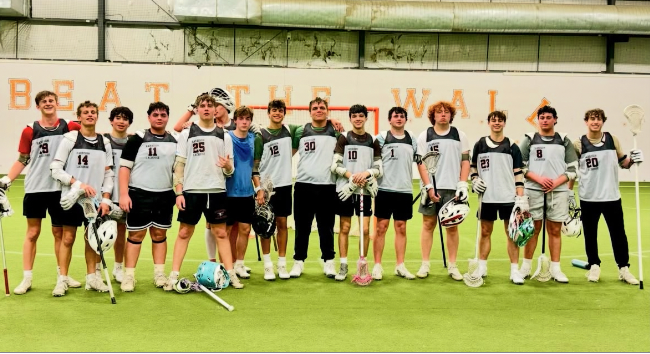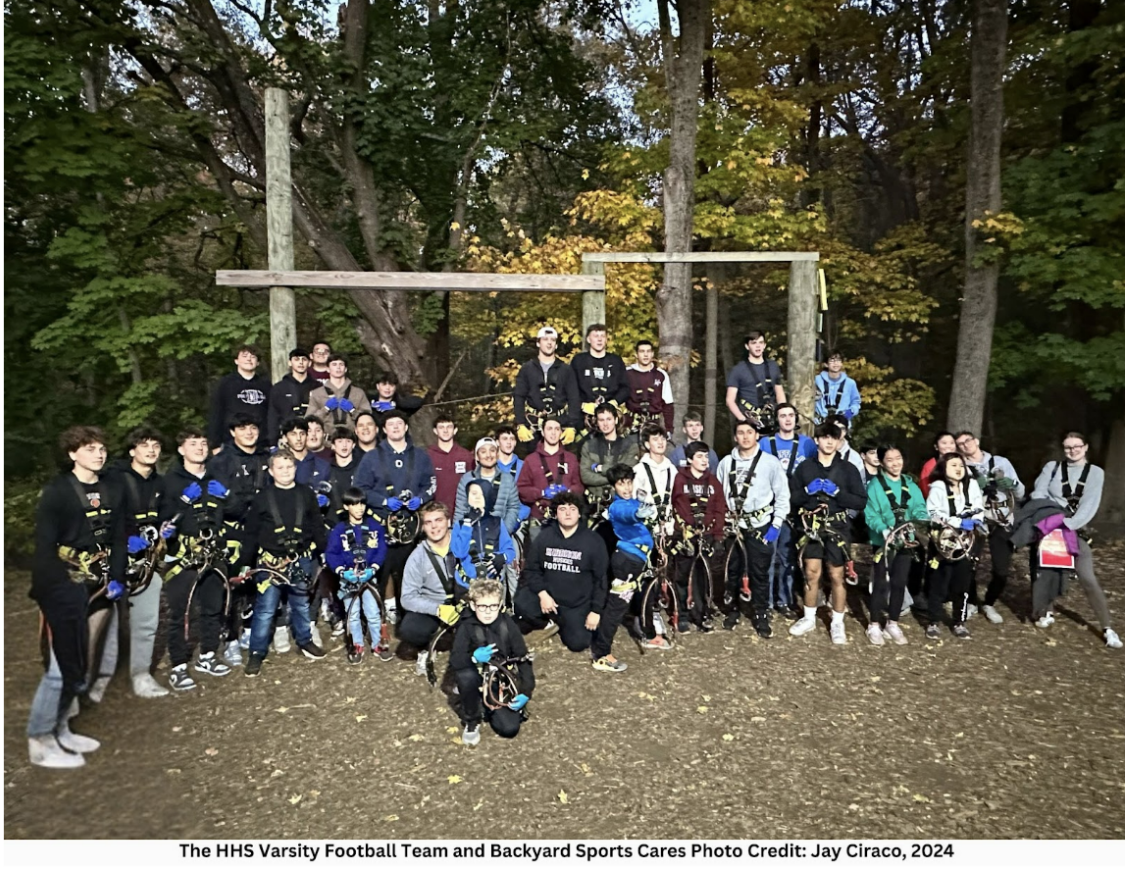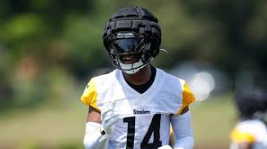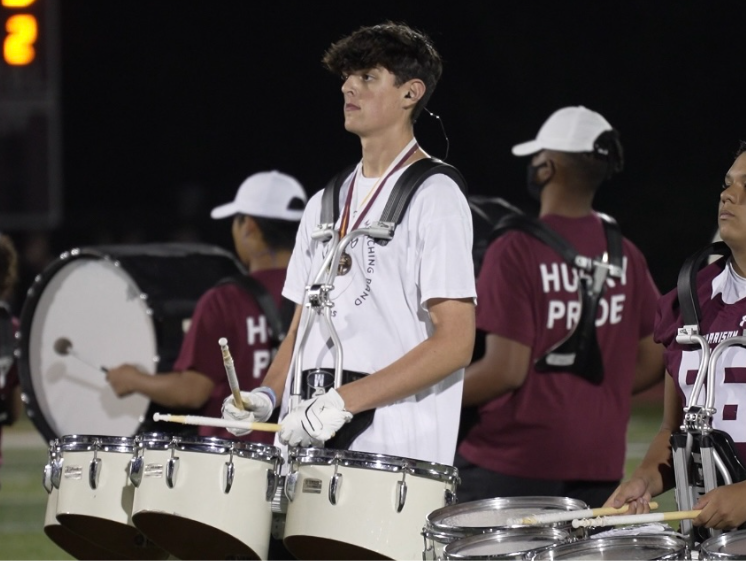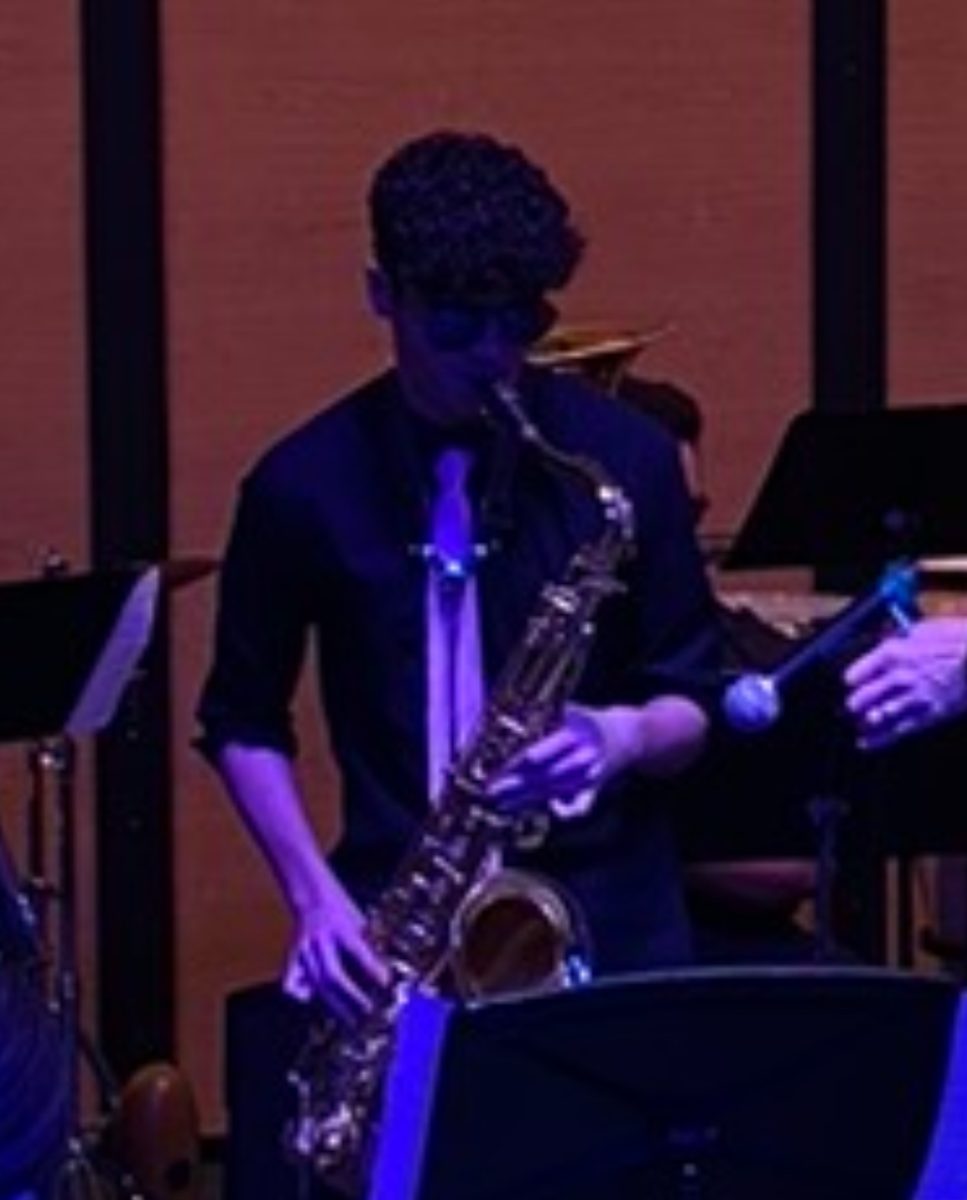The Vulnerable Window and its Risks
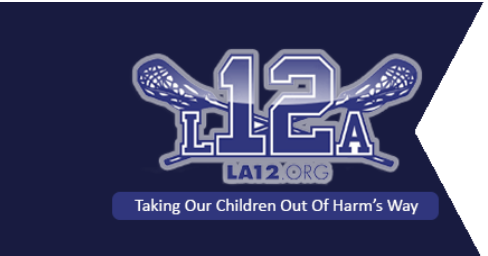
March 10, 2023
Across all sports, 15-25 athletes die every year from Commotio Cordis.
Most are under the age of 18.
On January 2nd, 2023, during a Monday Night Football game between the Cincinnati Bengals and the Buffalo Bills, Bills safety Damar Hamlin collapsed just a few seconds after making a tackle on Bengals wide receiver Tee Higgins. Hamlin went into cardiac arrest on the field and was brought to the University of Cincinnati Medical Center where he reached a stable condition and even woke up. Hamlin is now fully recovered but this occurrence shocked the NFL and the sports world. Medical professionals diagnosed Damar as having suffered Commotio Cordis. The condition has a dark history in sports both amateur and professional.
The condition causes ventricular fibrillation (an irregular heartbeat) and almost immediately after, cardiac arrest. According to the National Institutes of Health, it is triggered when blunt impact to the chest and heart area occurs at a 20 to 40-millisecond window on the upslope of the “T-wave” section of the heartbeat. The best way to treat an individual who has suffered this condition is to use an automated external defibrillator (AED). For every minute that defibrillation is delayed, the survival rate decreases in a patient by 10%. CPR is also recommended and should be performed until the individual regains consciousness and cardiac arrest ceases or until EMS arrives on the scene and takes over the care of the individual. 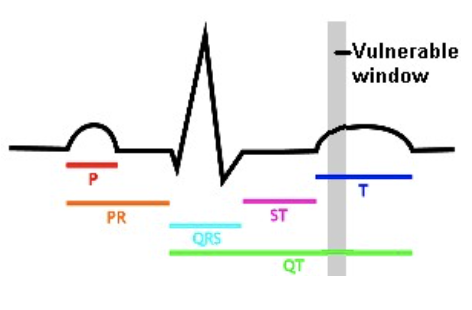
According to an article from the Journal of the American Medical Association, researchers conducted a 40-year study concluding in 2001. 107 out of 128 Commotio Cordis events were deemed the result of competitive or other sporting activities. 53 of these events involved baseballs. This is data recorded from 20 years ago and before yet there is still no chest protection in baseball besides for catchers. Chris Galano, Harrison’s Athletic Director, said, “I’m in the mindset that the health and safety world is a little bit behind on it (protective equipment in baseball). I think incidents like Hamlin’s incident did bring to light these things. I think equipment is always evolving and you will be seeing more and more things about the chest going forward.”
Lacrosse players are no strangers to the condition either. Victims of Commotio Cordis include Loyola Blakefield (Maryland) High School 5-star prospect Pete Laake, Cornell University goalie George Boiardi, Northport (New York) High School freshman Louis Acompora and others. Both Boiardi and Acompora died as a result of getting struck while Laake was lucky to live. Acompora was just playing his first-ever high school lacrosse game when he was hit. He was 14. In honor of him, Louis’ parents created the Louis J. Acompora Memorial Foundation whose efforts have led to legislation in New York requiring AEDs in every high school in the state. At the beginning of 2022, new chest protectors were mandated across all amateur and collegiate levels of lacrosse that had harder, more protective plastic in response to the dangers of Commotio Cordis.
According to Mr. Galano, Harrison athletics and the school district do everything in their power to provide the safest environment possible for our athletes, “the school district just recently purchased state-of-the-art brand-new ones (AEDS). We got the more updated, quality ones… It’s expensive but we’re 1000% committed to keeping our athletes safe.” Also, it isn’t mandated by New York State to have an athletic trainer present at school athletic events but Harrison always has one on-field during games and events. At some of the higher injury-risk sporting events like hockey games, EMTs are present to deliver medical treatment to players. Galano also stated, “At hockey and football games, we have an ambulance on call. Obviously, if an injury occurs they’re then seconds away not minutes away.”
Companies are constantly innovating and creating new equipment to protect youth, amateur, and professional athletes. However, while companies innovate, young athletes seem to reject safety precautions in favor of looking good. The “style over safety” mentality has taken America’s youth by storm. Kids cut, modify, get rid of, and alter equipment in order to look cooler while playing their sport. “If you’re gonna get in a car, you can put your seatbelt on or you could not put your seatbelt on and then you’re putting yourself at risk.” Galano compared correctly wearing your equipment to wearing a seatbelt in a car. Every car ride, every time you step on the field, on the ice, or on the court, there is the possibility that you can get badly hurt. Just like a seatbelt, correctly putting on protective equipment would reduce that possibility. One piece of equipment that is constantly disregarded for the above reasons is the neck guard in hockey. A neck guard is a small piece of kevlar/nylon material that is supposed to protect players from neck lacerations. Just this past January, Eric Huss, an Army West Point junior, suffered a severe injury in a game against Sacred Heart. Huss was not wearing a neck guard when the incident occurred.
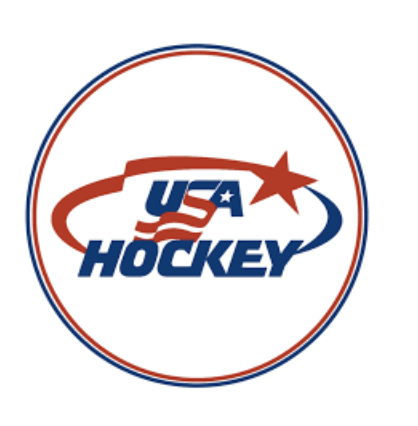
However, the blame does not fall entirely on the individual players. USA Hockey does not mandate the use of a neck guard at any level of play, while their peer organizations Hockey Canada and the International Ice Hockey Federation do. USA Hockey only “strongly recommends it.” Last year, during a varsity hockey game between St. Luke’s School and the Brunswick School, St. Luke’s sophomore Teddy Balkind died due to a neck laceration. While it was never released whether or not Balkind was wearing a neck protector, the league in which the schools compete does not mandate its use. These types of incidents are extremely rare but they happen nonetheless which is why organizations like USA Hockey should be doing everything in their power to keep players safe. The most direct path to doing this it would seem would be to mandate across all levels of play; the use of neck guards. Yet disappointingly, USA Hockey has not taken the precaution.

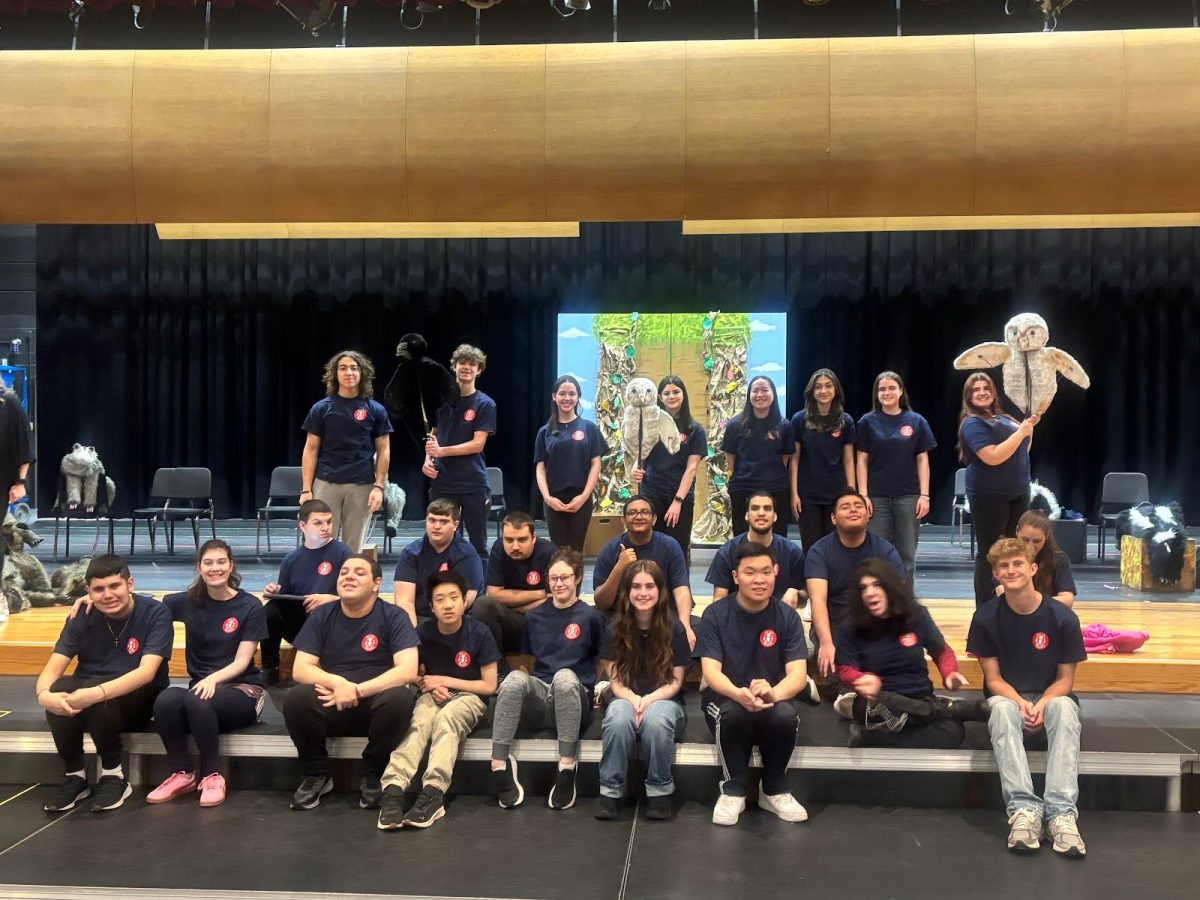




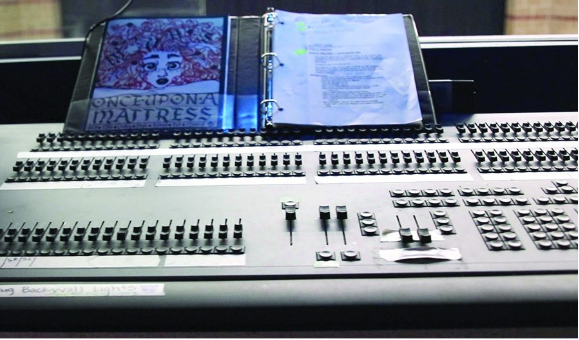
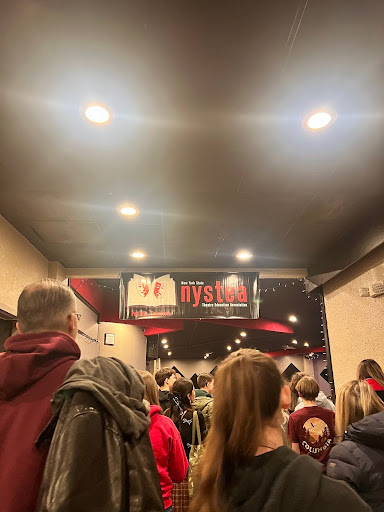
![[From left to right-Top row: Harison Fliegenspan, Talia Russo, Isis Leite, Micaela Thone, Rosella Paniccia. Bottom row: Maya Rolan, Eren Yoshimura, Audrey Cheung, Karinah Diaz]](https://thehuskyherald.org/wp-content/uploads/2025/02/IMG_0927.jpg)
